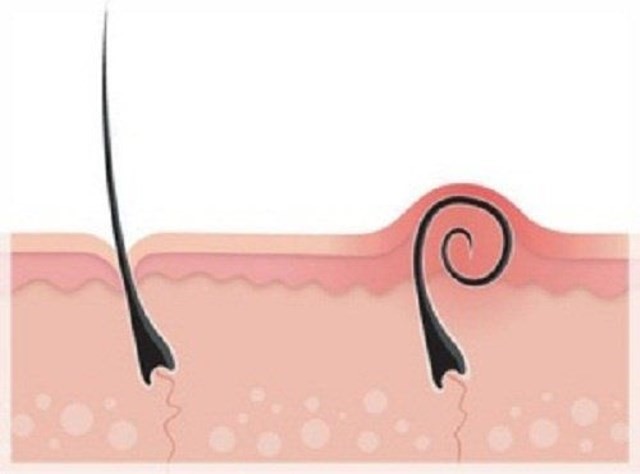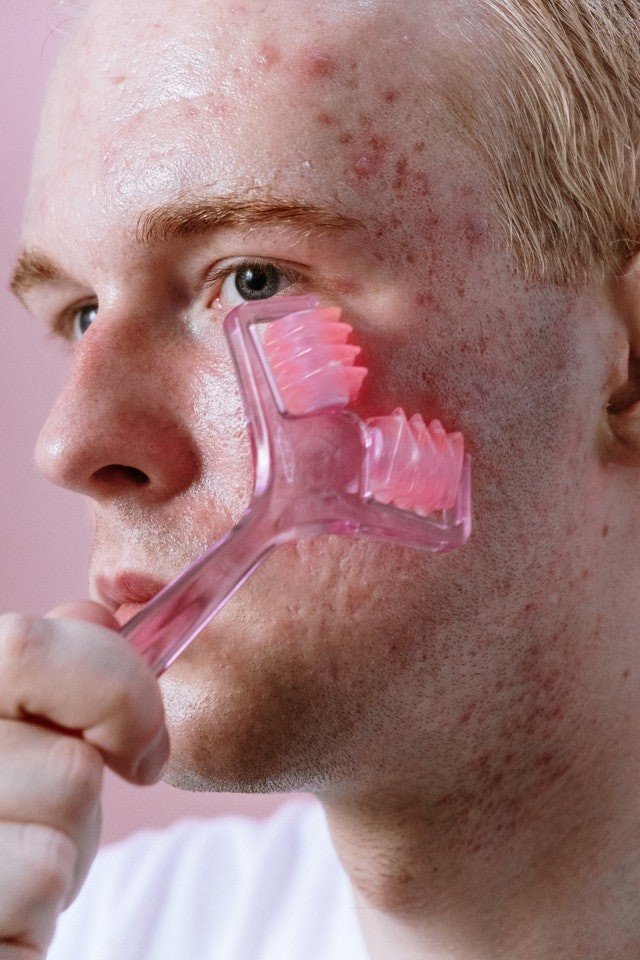
Suffering from ingrown beard hairs is a more common problem than you think. In fact, it is something that usually happens to most men in the world, and it is all due to certain problems when shaving the beard. This condition is characterized by generating small lumps or red “pimples” on the skin (in this case the chin and jaw). Sometimes, they can even become infected and generate pus in the area, so it ends up being a considerable aesthetic problem.
While it is true that it is a “mild” problem since beyond the aesthetic problems it causes, it does not produce any type of medical discomfort to those who suffer from them. It’s not okay to let this happen, especially if you’re very concerned about your physical appearance and overall aesthetics. In this post you will discover how you can treat these incarnate hairs, thus eliminating them completely. It is only a matter of creating certain habits when it comes to shaving and following some tips that we will give you.
What produces ingrown hairs?
This aesthetic problem is mainly caused by the poor growth of hairs on the beard. Well, naturally the hairs must grow outward, however with the ingrown hairs that does not happen, but they “deviate” by sticking to the skin, and thus generating that characteristic inflammation and itching. For this reason, the key to solving this problem is to prevent the hairs on the face from drifting, but … How to do that?
There are two things we must do so that this problem does not arise in our face. The first of these is to remove the dead skin on our face, which can prevent the hair from growing as it should, and divert it, thus generating ingrown hairs. This is achieved by exfoliating the face from time to time, and of course, before shaving (Later we will discuss how to exfoliate your face and with what).
The second thing is to try to shave always with a shaving cream, never shave dry, because this is one of the main reasons why we grow incarnate hairs. Soap and water may not be enough, it is better to use shaving cream, or a moisturizer after shaving. That way we try not to make sure this condition occurs.
Solutions to the problem.
To begin with, we recommend that you do not shave with tweezers, wax or dry shavers for a long time. At least three months for your skin to completely heal on its own. Then start consider exfoliating your skin with some sea salt and soap. You can help yourself with a fine cell brush with which to exfoliate in circular motions, or with a towel wet with warm water. Always do this before shaving and every night before bedtime.
Another thing is to always use shaving cream, avoid shaving with only water or dry, because this as we have already mentioned, makes the hairs grow twist. We also recommend that you sleep on your back, at least for the first two weeks after shaving, as sleeping on your stomach also produces ingrown hairs. Remember that this problem is only caused when growing hairs are embedded in the skin.
Have you thought about laser shaving?
With technological advances, aesthetics has been able to provide new ways to treat problems with skin hairs. One of the most efficient methods to shave today is laser hair removal. While it is true that not everyone is willing to this process because of the cost involved, we can guarantee that it is very good and efficient.
Just keep in mind that when laser shaving, you will have to shave beforehand. It is advisable to do it one day before going to your session with the machine. Following this method, you not only avoid ingrown hairs, but in itself it will not be necessary to shave as often. Since this type of hair removal slows down the growth of hair in the treated area. The less the need to shave, the less the occasions we will have to deal with ingrown hairs on the skin.
However, this is only an option, if it is not within your reach, you can always follow the recommendations we provided in the previous point. If your problem persists, consider going to a dermatologist. Well, the problem may be something else.



